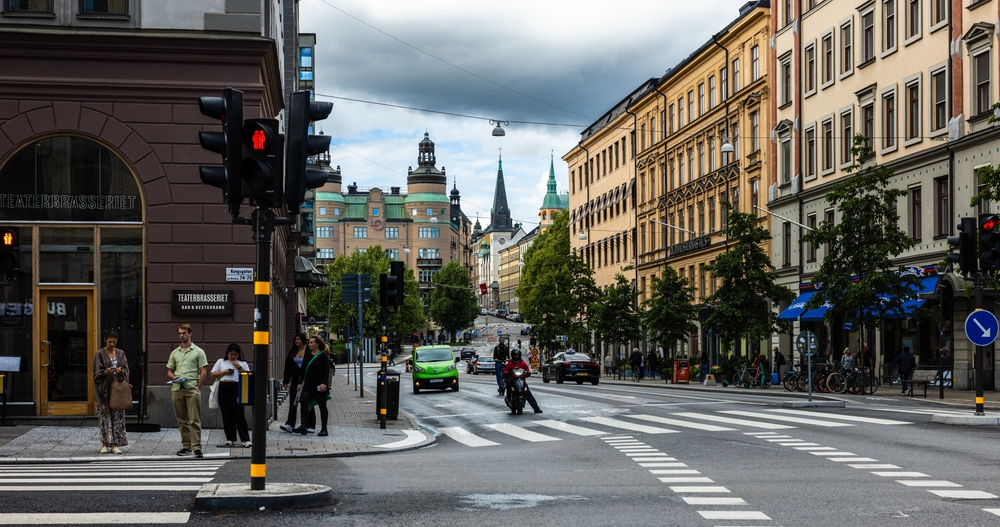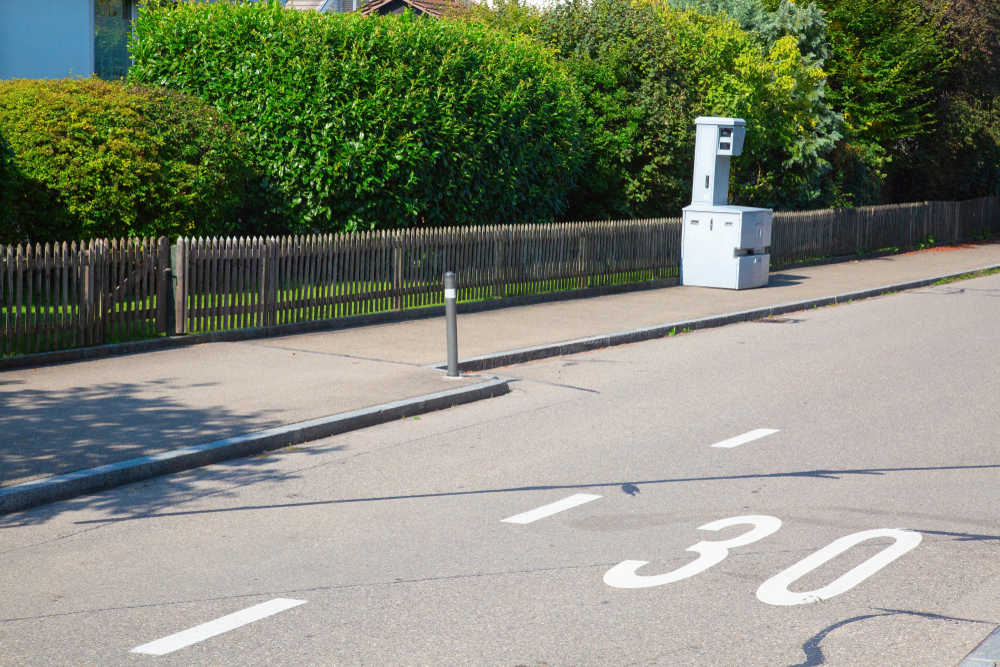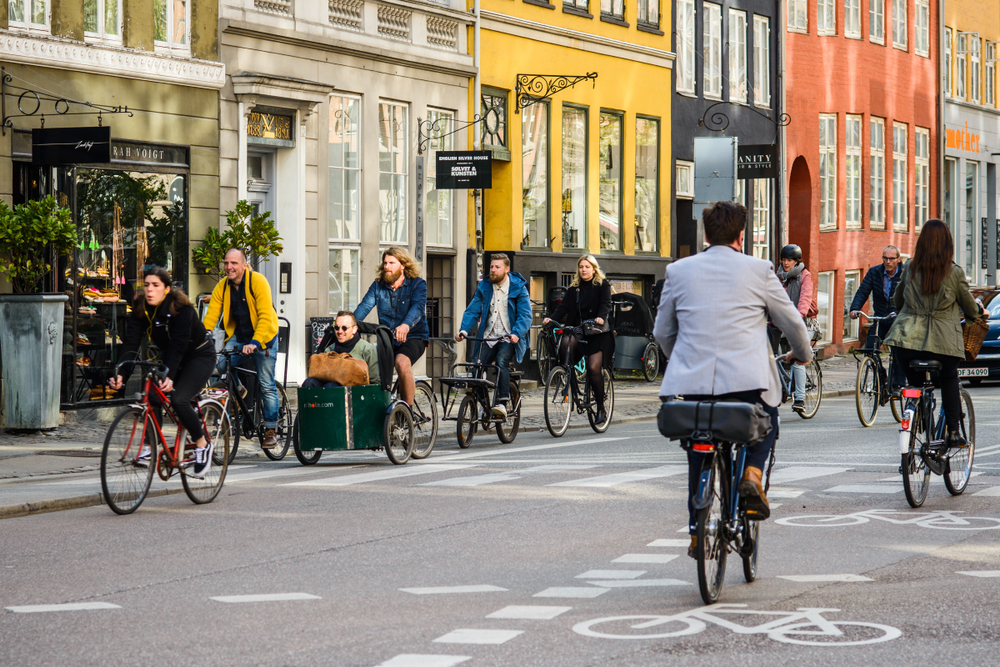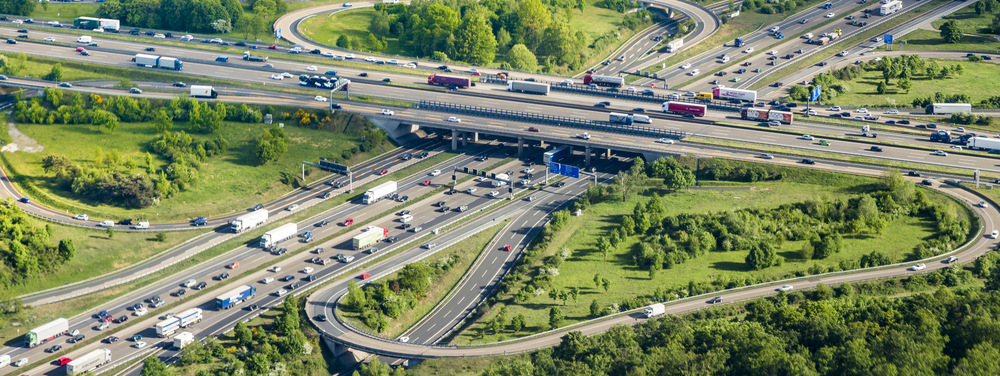Here, we explore the top nations known for their exemplary road safety records. We delve into the key factors and strategies that have earned these countries a reputation for safe driving, from rigorous law enforcement and advanced infrastructure to cultural attitudes towards road safety. Let us unveil the secrets behind the success of these nations in keeping their roads safe, providing valuable insights into the global efforts to reduce road accidents and fatalities.
Contents
Norway

Norway consistently ranks among countries with the safest driving records, primarily due to its stringent traffic laws, high standards for driver education, and substantial investment in road infrastructure. The country has one of the lowest road fatality rates in the world, with only 2 deaths per 100,000 inhabitants annually. Factors contributing to this include strict enforcement of speed limits, zero-tolerance policies for drunk driving, and widespread use of winter tires during snowy months.
Sweden

Sweden is renowned for its ‘Vision Zero’ policy, which aims to eliminate road fatalities and serious injuries. This approach includes implementing safe road designs, such as roundabouts and pedestrian zones, and rigorous traffic safety laws. Sweden’s road fatality rate is remarkably low, at about 2.8 deaths per 100,000 people annually. Their focus on safety innovations, like seat belt laws and cutting-edge vehicle safety technologies, plays a key role in their impressive safety record.
Switzerland

Switzerland boasts a low road mortality rate, largely due to its strict traffic regulations, high-quality road infrastructure, and effective public awareness campaigns about road safety. The country has a comprehensive system of speed cameras and strong penalties for driving offenses, contributing to a road death rate of approximately 2.6 per 100,000 inhabitants. Switzerland’s commitment to road safety is also evident in its well-maintained mountain roads and efficient public transportation systems, reducing reliance on personal vehicles.
Denmark

Denmark’s success in ensuring safe driving conditions stems from its focus on cyclist and pedestrian safety, strict enforcement of driving laws, and high-quality driver education. With a road fatality rate of around 3 deaths per 100,000 inhabitants, Denmark’s approach includes extensive bicycle lanes, low urban speed limits, and a cultural emphasis on responsible driving. The Danish government’s investment in road safety education and infrastructure maintenance also contributes significantly to their safety record.
Netherlands

The Netherlands is renowned for its safe driving environment, thanks to its innovative approach to road design and traffic management, particularly in urban areas. The country has a road fatality rate of about 3.4 per 100,000 people, which can be attributed to its extensive network of bike lanes, pedestrian zones, and the ‘Sustainable Safety’ vision that integrates human behavior with road design. The Dutch also enforce strict drunk-driving laws and have a strong public transport system that eases road congestion.
United Kingdom

The United Kingdom ranks high in road safety, with a road fatality rate of around 2.8 per 100,000 people. This is due to strict enforcement of traffic laws, including speed limits and drink-driving laws, as well as comprehensive driver education programs. The UK’s road safety strategy also includes significant investment in road infrastructure, such as well-designed motorway networks and pedestrian-friendly urban planning.
Japan

Japan’s road safety record is impressive, with a road death rate of approximately 3.6 per 100,000 people. Factors contributing to this include stringent driver licensing tests, widespread public transport usage, and advanced vehicle safety technologies. Japan’s urban design often limits vehicle speeds, and there is a cultural emphasis on compliance with traffic laws.
Germany

Despite its famous autobahns with no speed limits in certain sections, Germany maintains a relatively low road fatality rate at around 3.7 deaths per 100,000 inhabitants. This is attributed to the country’s rigorous driver training, strict vehicle inspection regimes, and high standards for road maintenance. Additionally, Germany’s enforcement of traffic laws, particularly concerning drunk and distracted driving, contributes to its strong road safety record.
Ireland

Ireland has seen a dramatic improvement in road safety over recent years, with current statistics showing about 3.4 road deaths per 100,000 people. This improvement is largely due to robust law enforcement, including speed cameras and strict penalties for driving offenses, along with public safety campaigns and improved road infrastructure. Ireland’s approach to road safety education and community engagement has been key in reducing road accidents.
Finland

Finland’s approach to road safety includes a combination of rigorous driver education, strict enforcement of traffic laws, and a focus on pedestrian and cyclist safety. With a road fatality rate of approximately 3.9 deaths per 100,000 inhabitants, Finland’s efforts include harsh penalties for drunk driving and significant investment in road maintenance, especially during harsh winter conditions.
This article originally appeared on MyCarMakesNoise.
More from MyCarMakesNoise
The Best 11 Budget Sports Bikes on the Market

In the thrilling realm of two-wheelers, the pursuit of adrenaline often comes with a hefty price tag. However, for those who crave speed and agility without depleting their savings, there’s a breed of sports bikes that perfectly marries performance with affordability. Read More
13 Ways Electric Vehicles Can Be a Costly Mistake

Electric vehicles (EVs) are often touted as the future of transportation, promising environmental benefits and lower operating costs. However, beneath the surface of this green revolution lie several drawbacks that can make owning an EV a less attractive option. Read More
13 Speed-Demon Hybrid Cars You Should Know

In a world fervently driving towards a greener future, the automotive industry has welcomed an exhilarating player to the stage: the hybrid hypercar. Blending traditional engines’ raw, unyielding power with the silent, instantaneous thrust of electric motors, these automobiles are setting new benchmarks in speed and performance. Read More














